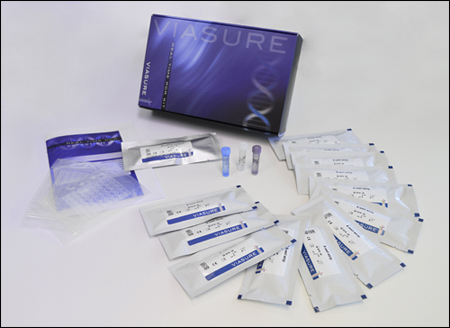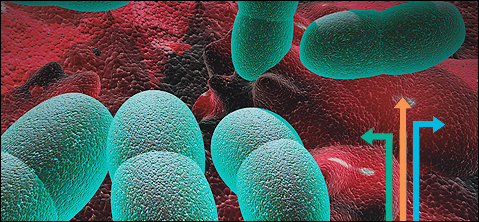
VIASURE Real Time PCR Detection Kits
Bordetella – BD MaxTM System

Description
VIASURE Bordetella Real Time PCR Detection Kit for BD MAX™ System is an automated real-time PCR test designed for the qualitative detection and differentiation of DNA from Bordetella pertussis, Bordetella parapertussis and/or Bordetella holmesii in respiratory samples (nasopharyngeal swabs and nasopharyngeal aspirates) from patients suspected of respiratory infection by their healthcare professional (HCP).
This test is intended to be used as an aid in the identification of Bordetella pertussis, Bordetella parapertussis and/or Bordetella holmesii, in combination with patient’s clinical signs and symptoms and epidemiological risk factors.
DNA is extracted from respiratory samples, amplified using real-time PCR, and detected with fluorescent reporter dye probes specific for Bordetella pertussis, Bordetella parapertussis and Bordetella holmesii.
Specifications
Information
The genus Bordetella is comprised of 8 species, 4 of which are known to infect humans; B. pertussis, B. parapertussis, B. holmesii, and B. bronchiseptica. The most important cause for whooping cough (pertussis) is B. pertussis, followed by B. parapertussis. Bordetella holmesii has been isolated from patients with a serious underlying disease, whereas B. bronchiseptica is usually restricted to animals but occasionally has also been isolated from immunocompromised patients.
Whooping cough is a very contagious disease which spreads from person to person usually by coughing or sneezing, or by close contact with an infected person in a common breathing space. The clinical course of the illness is divided into three stages, which include the following clinical features: catarrhal (coryza, low-grade fever, mild and occasional cough), paroxysmal (paroxysms of numerous and rapid coughs, cyanosis, vomiting and exhaustion) and convalescent (gradual recovery and less persistent paroxysmal coughs).
Despite vaccination, pertussis remains endemic in most areas of the world. Reliable diagnosis is required to start appropriate treatment and prophylaxis of contacts if needed, particularly unvaccinated infants in whom pertussis might present as a life-threatening disease. Nucleic acid amplification tests, including PCR and more recently real-time PCR, overcome some of the limitations of culture and serological methods for the diagnosis of Bordetella infections. Most of the PCR tests are based on detection of insertion sequences (IS) present in multiple copies per genome, increasing the sensitivity of PCR tests.
Available Handbooks:
VIASURE Bordetella Real Time PCR Detection Kit for BD MAX™ System:
CERTIFICATE OF ANALYSIS

